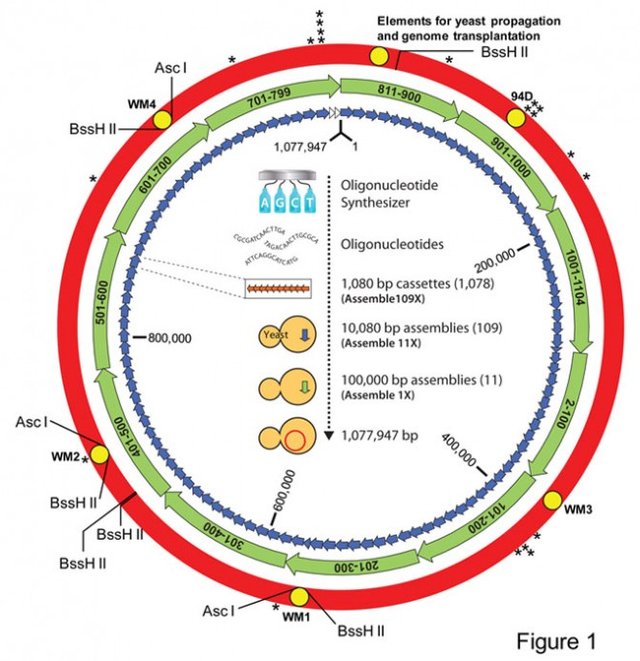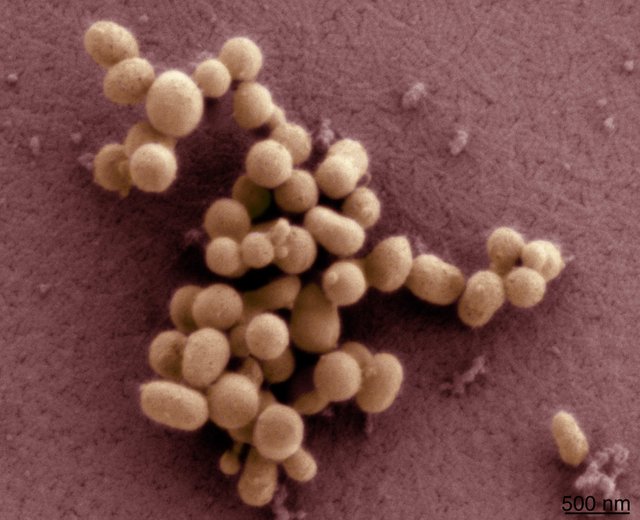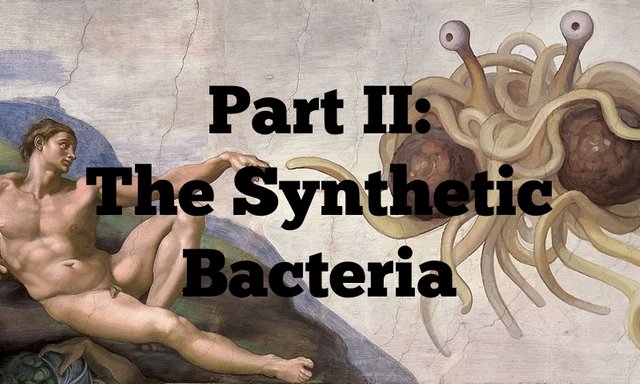(Re-)Create Life in a Lab - Part II
As we saw in the first article of this series, defining Life is not as easy as it seems. Now that we know the key characteristics that differentiate living organisms from inanimate matter, would it be possible to create one from scratch in a lab? This is the questions asked by Craig Venter, an American biochemist and business man, famous for being one of the first scientists to sequence the human genome in 2001.
Synthesizing a genome
In 2005, Venter initiated the project that would lead 5 years later to the creation of the first “synthetic” bacteria strain. To do so, he chose a bacteria species, Mycoplasma mycoides, with a relatively small genome of approximately 1 million base pairs. In comparison, the human genome is composed of 23 chromosome pairs for a total of more than 6 billion base pairs. Bacterial genomes have the advantage to be generally a lot shorter and simpler than those of higher organisms. They are composed of a single circular chromosome present in one copy per cells and they lack complex 3D structures and other modifications found in eukaryotic genomes.
Venter and his team first divided the known sequence of the Mycoplasma genome into fragments small enough to be easily synthesized: single-stranded DNA pieces of around 100 nucleotides were first synthesized by chemically adding each letter one by one to the sequence. These were used to form DNA cassettes of around 1000 base pairs that were subsequently assembled in the correct order to form larger blocks of 10 000 and later 100 000 base pairs.
These large blocks were designed to be circular and contained sequences mimicking yeast replication origins. This allowed the scientists to insert them in yeast cells which were able to replicate them like their own chromosomes in order to obtain a sufficient quantity of each block to assemble the whole genome.

The synthetic genome is divided in 11 parts of 100 000 base pairs each (green), themselves assembled from smaller fragments synthesized chemically and expanded in yeasts. Image source
A genome is not enough
A genome alone is not enough to create a functioning cell. Just like a hard drive disk contains all the information composing a program but is unable to run it by itself, the genomic information is useless if not read and interpreted by specific components of the cell.
Venter and his team thus transplanted their synthetic genome in a “cellular chassis” consisting of a bacterium strain close to M. mycoides previously depleted of its own genome. The newly created strain, named M. mycoides JCVI Syn1.0, was rapidly able to proliferate and function normally. The first organism with an entirely synthetic genome was born.

M. mycoides JCVI-syn1 / Scanning electron microscopy Image source
However, the synthetic genome experiment did not exactly create life “from scratch”: an existing “chassis” was used and Craig Venter’s team copied the model of an existing organism to create their synthetic genome. However, some features of the JCVI Syn1.0 chromosome are unique. The scientists indeed inserted 4 DNA “watermarks” encoded in DNA to be able to easily identify the bacteria:
- An HTLM code containing a message congratulating the person who decodes the message with an e-mail address.
- The list of the scientists who contributed to the project.
- Three quotes:
"To live, to err, to fall, to triumph, to recreate life out of life". James Joyce
"See things not as they are, but as they might be". Robert Oppenheimer
"What I cannot build, I cannot understand". Richard Feynman
How cool is that to have your quote carved in the DNA of a living organism forever? I particularly like the last one because it reveals the true goal of the Synthetic Genome Project: understand how a genome works.
The Minimal Genome Project
Incredible advances have been made since the 70s in DNA sequencing: a complete human genome can now be sequenced in less than a week for about $1000. In comparison, the first assembly of the human genome took 15 years and required the collaboration of twenty universities around the world. However, the function of most of the human genome is still unknown.
After showing that a viable organism could be created by inserting a synthetic genome inside a cellular chassis, Craig Venter tried to delete some elements of the Mycoplasma genome to make it as small as possible. After multiple consecutive gene deletions, he and his team created a new semi-synthetic strain in 2010: Syn 3.0. With only 473 genes against 901 in the wild strain, this is the living organism with the lowest number of genes known to us.
Finding the minimal set of genes required for a cell to develop is an important advance that will help us to identify the mechanisms that are essential for Life to emerge, but also how non-essential genes appear during the evolution of a species. Despite the very small set of genes of Syn 3.0, the function of 149 of them is indeed still unknown! Lastly, these discoveries will also probably find a use in the industry: in 2005, Craig Venter founded Synthetic Genomics, a company aimed to develop optimized bacterial strains for biofuel production.
Multiple other projects have emerged recently to try to develop new synthetic genomes like the Synthetic Yeast Project and even the Synthetic Human Genome so Syn1.0 will probably be the first in a long list of organisms created by the hand of scientists. In the next article, we will talk about another synthetic microbe with a genome found in no other organism on Earth.
Sources and further reading
- A summary of the Synthetic Genome Project on the Craig Venter Institute website
- The original publication of the Synthetic Genome Project
- The website of Synthetic Genomics, inc
- An article on the Synthetic Genome Project
- A guide to decode the watermarks in the synthetic genome
- A paper on perspectives opened by the minimal genome project

That's an amazing bio/tech breakthrough and a very well written post - again! Thanks.
Thank you very much, i'm glad you liked it :)
A really great post mate! Well done and awesome references there too :p
Thanks for support, it means a lot :D